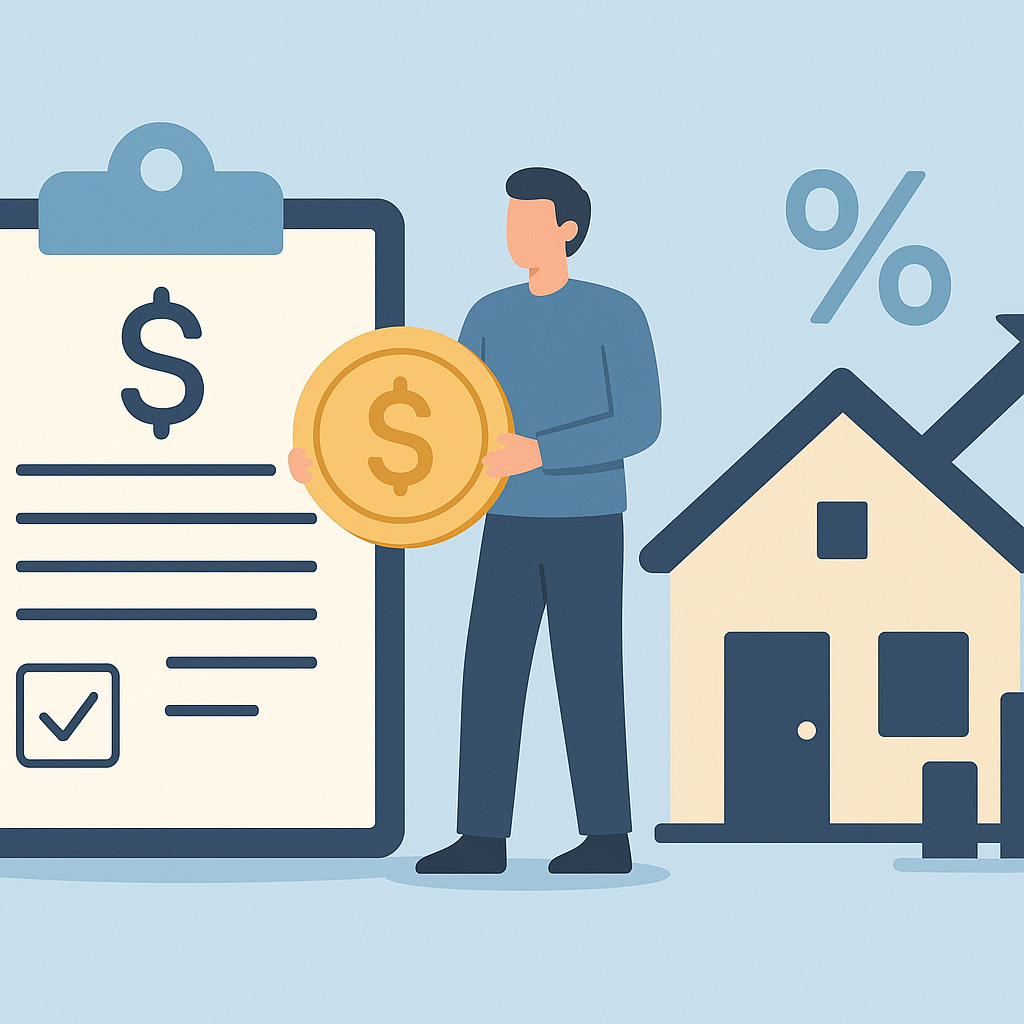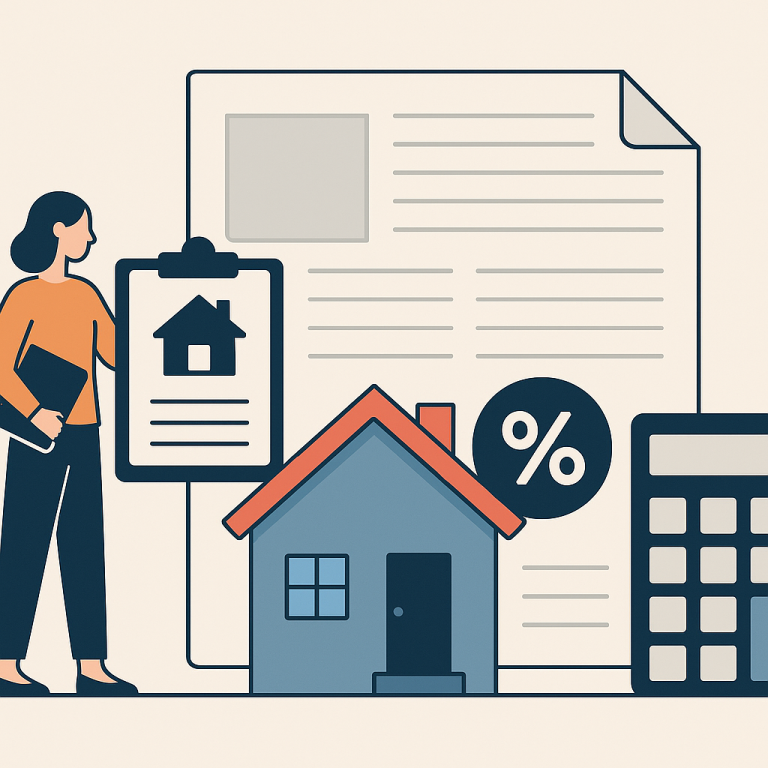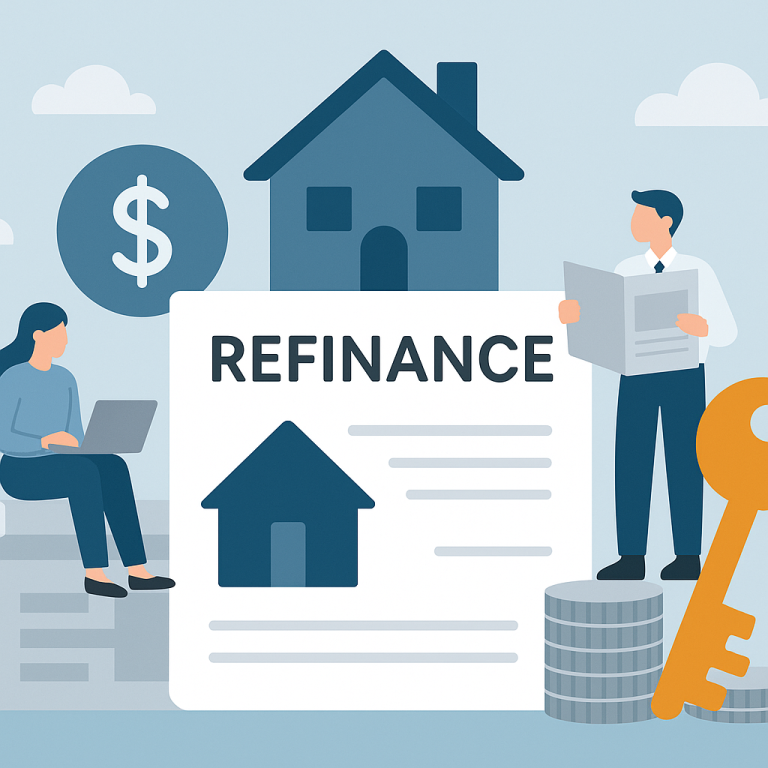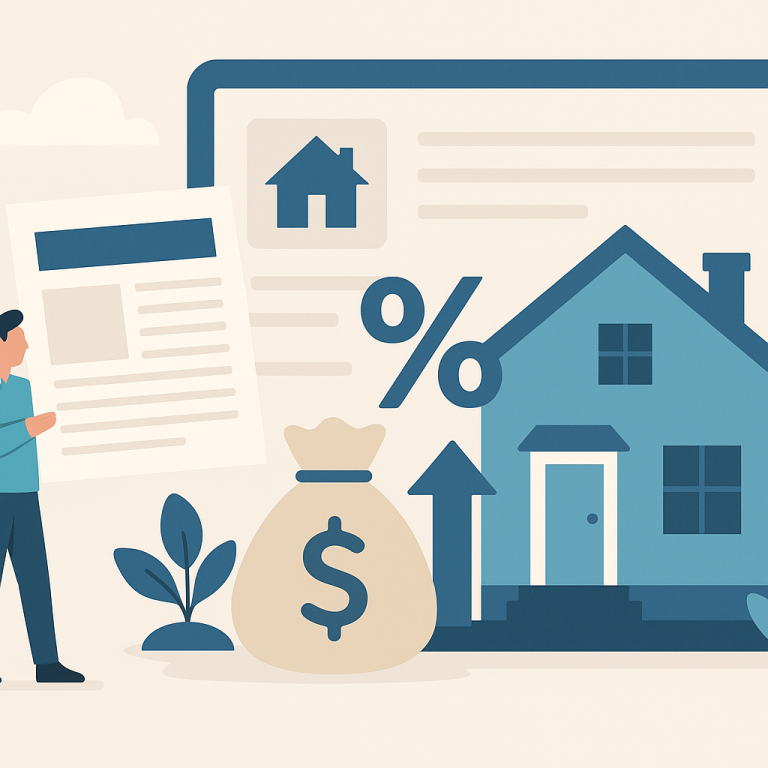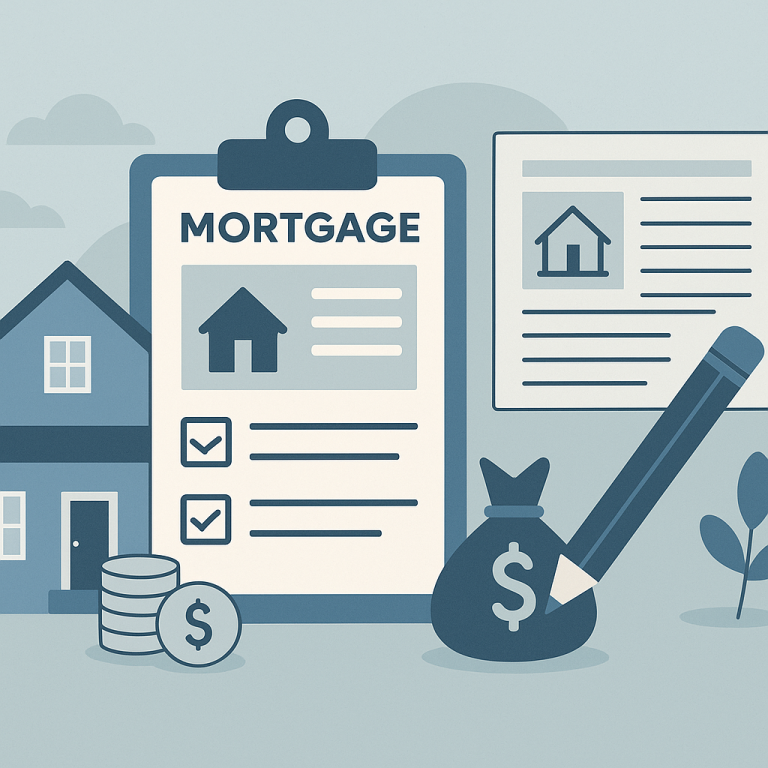Refinance guide cash-out refinance to pay student loans cautions
Cash-Out Refinance to Pay Student Loans: What It Is and When It Makes Sense
A cash-out refinance replaces your current mortgage with a new, larger mortgage and gives you the difference in cash. Homeowners sometimes use that cash to pay off other debts, including student loans. It can make sense if you have substantial home equity, your mortgage rate is lower than the effective interest on your student loans, and you want a single monthly payment or lower monthly payments.
It may be particularly attractive when you have high-interest private student loans and stable home equity. However, if your student loans are federal, with income-driven repayment, deferment options, or prospects for forgiveness, converting them into mortgage debt removes those protections—often permanently.
Benefits and Drawbacks
Benefits
- Lower interest rate potential: Mortgage rates can be lower than private student loan rates, reducing interest expense.
- Single payment: Simplifies finances by consolidating multiple debts into one mortgage payment.
- Possible lower monthly payment: Spreading student loan balance over a longer mortgage term can reduce monthly outflow.
- Interest may be tax-advantaged: Mortgage interest can be deductible if you itemize, though tax rules vary and many homeowners take the standard deduction.
Drawbacks
- You convert unsecured student debt into secured mortgage debt—your home becomes collateral for what used to be unsecured loans.
- Longer amortization often increases total interest paid even if monthly payments fall.
- Loss of federal loan protections: Income-driven plans, deferment, forbearance, and forgiveness options disappear if you pay federal loans off with mortgage proceeds.
- Closing costs and fees can be significant and may offset savings.
- Risk of foreclosure: Failure to make mortgage payments risks losing your home.
Costs and Fees
Cash-out refinances typically involve many of the same closing costs as a purchase or rate-and-term refinance. Common costs include:
- Origination fee or lender points
- Appraisal fee
- Title search and title insurance
- Recording fees and transfer taxes
- Underwriting and processing fees
- Potential private mortgage insurance (PMI) if post-refinance loan-to-value (LTV) exceeds lender thresholds
Altogether closing costs often run 2%–6% of the loan amount. Some lenders offer “no-closing-cost” options by rolling fees into the loan or charging a higher rate, but that increases long-term interest expense.
Step-by-Step Process
- Assess your goals: Decide whether your priority is lower monthly payment, lower interest, or debt simplification.
- Inventory your student loans: Note balances, interest rates, servicers, and whether loans are federal or private. Federal loans have special protections; think carefully before paying them off with mortgage funds.
- Check home equity and LTV: Determine how much cash you can safely extract. Most lenders cap cash-out refinances based on LTV limits (e.g., 80%–85% is common, but limits vary).
- Shop lenders and rates: Compare APRs, fees, and terms from multiple lenders. Ask about cash-out-specific underwriting rules and PMI requirements.
- Run the math: Calculate total cost over time, monthly payment, and break-even point accounting for closing costs. Consider scenarios with different interest rates and loan terms.
- Get preapproved: Submit documentation (income, assets, credit history). Lenders will evaluate debt-to-income and credit score standards.
- Appraisal and underwriting: Lender orders appraisal and completes underwriting. Be ready for additional documentation requests.
- Close the loan: Sign documents, pay or finance closing costs, and receive cash proceeds. Use the funds to pay student loans and obtain payoff confirmations from your loan servicers.
- Confirm payoff and retain records: Make sure student loan accounts show paid-in-full and keep payoff receipts. Update tax and account records accordingly.
Common Pitfalls to Avoid
- Ignoring federal loan protections: Don’t use cash-out to pay federal loans without fully understanding what you’ll lose—income-driven plans, forbearance, and forgiveness options.
- Underestimating total cost: Lower monthly payments can mask higher lifetime cost due to longer term and rolled-in fees.
- Insufficient emergency savings: Tapping equity reduces your liquidity cushion. Keep an emergency fund to avoid future cash crunches.
- Not shopping rates and fees: Failing to compare lenders can cost thousands. Even small rate differences have big effects over long mortgage terms.
- Skipping payoff verification: If the mortgage lender issues funds to you rather than directly to student loan servicers, ensure prompt and accurate payoff to avoid interest accrual, late fees, or reporting errors.
- Overleveraging the home: Pulling equity down to minimal levels or taking on too large a mortgage can leave you vulnerable to market swings and refinancing difficulty later.
Short FAQ
Q: Is using a cash-out refinance to pay student loans ever a good idea?
A: Yes—if you have high-interest private loans, sufficient equity, and you’ve confirmed the refinance’s total cost is lower than your current student loan cost. It’s rarely the right move for federal loans with protections you might need.
Q: How much equity do I need for a cash-out refinance?
A: Lenders set maximum loan-to-value limits for cash-out refinances; many require you to keep at least 15%–20% equity after the transaction. Exact requirements vary by lender and loan program.
Q: Will paying student loans with a cash-out refinance help my credit?
A: It can reduce your total number of open accounts and lower credit utilization if you pay off revolving debt, which may help. But a larger mortgage balance and the credit inquiry from refinancing can temporarily affect your credit score.
Q: What should I compare before deciding?
A: Compare APRs, closing costs, loan term, whether payments are fixed or adjustable, PMI possibilities, and how the refinance affects your emergency savings and federal loan benefits.
A cash-out refinance can be a powerful tool, but it carries meaningful trade-offs. Take time to compare options, run realistic scenarios, and consult a financial or tax professional if you’re unsure how it affects your long-term goals.
META: cash-out refinance student loans, risks of cash-out to pay student loans, pros and cons, costs and fees, step-by-step refinance process, alternatives to cash-out refinance

